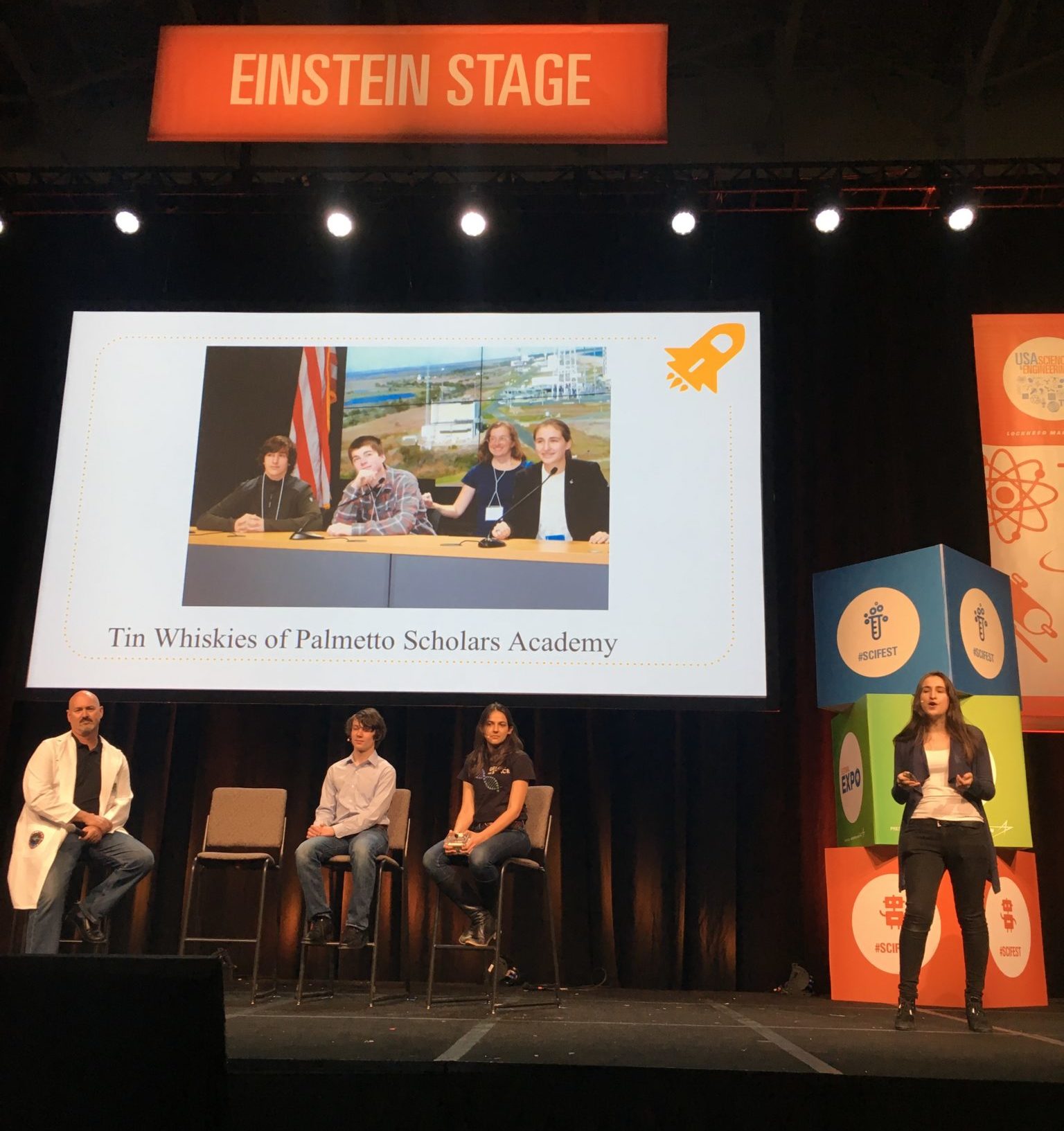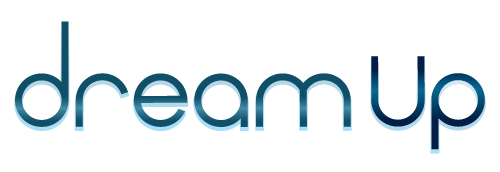In 2015, Rachel Lindbergh wrote about her experience sending an experiment to space, during which she and her team overcame unexpected and dramatic hurdles after two rocket explosions. Three years later, Rachel is a student about to finish her studies at the University of Chicago. Rachel credits her success to her participation in the Student Spaceflight Experiments Program, a DreamUp partner organization that provides the opportunity for students around the world to research on the International Space Station. In this blog post, she discusses the lasting impact of this experience.

I have now been a student researcher in the Student Spaceflight Experiments Program (SSEP) for five years. I am a co-principal investigator on an experiment that was sent to the International Space Station (ISS). Our experiment focuses on the development and detachment of tin whiskers, a small crystalline, electrically conductive structure that can form in electronics and cause short circuits. I’ve been involved in this project since my junior year of high school at Palmetto Scholars Academy in North Charleston, South Carolina. We did this project through SSEP, a program of the National Center for Earth and Space Science Education (NCESSE) in a strategic partnership with DreamUp, PBC and NanoRacks, LLC.
A year from now, I will be graduating from the University of Chicago. Of course, some reflection comes with such a milestone. Thinking on my academic career and my years in SSEP in particular, I can say without a doubt that SSEP has been one of my proudest achievements and one of the most impactful.
Since my 2015 blog post with DreamUp— a company that brings space into classrooms and classrooms into space and that partners with SSEP— our experiment (finally!) launched to the International Space Station on the SpaceX-8 resupply mission in April 2016. I am so glad I was able to attend the launch in Cape Canaveral, FL. Amazingly enough, this mission was also the first successful first-stage landing of a Falcon 9 rocket!
Unfortunately, I was the only member of my team able to attend. Joseph Garvey and Gabriel Voigt— co-principal investigator and co-collaborator, respectively— couldn’t attend due to school obligations, so they watched the livestream with our teacher facilitator, Mrs. Kellye Voigt, from Palmetto Scholars Academy.
I was very excited to see SpaceX-8 launch. It had been three years since our experiment was first selected for spaceflight, and at this point, we had seen our hard work blow up, literally erupting in flames, before our very eyes twice. We had spent countless hours researching and preparing our experiment and working together with our mentors at NASA Goddard Space Flight Center, Dr. Henning Leidecker, Lyudmyla Panashchenko, and Jay Brusse. Each explosion was devastating and made us question if it was worth it. But each time, with the support of the Palmetto Scholars Academy community and the support of the National Center for Earth and Space Science Education (NCESSE), the Center for the Advancement of Science in Space (CASIS)— and, of course, NanoRacks, LLC and DreamUp— our team and the many student researchers in our program and others were able to fly to the ISS despite these serious setbacks.
Finally seeing our experiment launch was such a meaningful experience. I wish I could have shared it with my teammates, but nonetheless it was exhilarating to finally see our years of hard work come to fruition.
Our team members are all over the place now! Gabriel studies at Louisiana Tech University. I am at the University of Chicago, about to finish college. Joseph studies in the University of South Carolina’s Honors College and is spending a year abroad in Hong Kong studying Chinese. As you can imagine, it’s difficult to coordinate, but we’re still working on our data analysis.
Looking at us now and where we are going, it is easy to see the positive effects of SSEP on our lives. Gabriel is studying engineering at LA Tech in part because he was inspired by SSEP. I was inspired by this program and by all that I’ve learned through it to double-major in Russian and Public Policy and write my thesis on aerospace policy. I am very interested in the policy challenges of the emerging space economy and commercial market. While Joseph is not directly involved in STEM or in the space community, he credits SSEP for much of his problem-solving and public speaking skills after many presentations on our research. Of course, he also credits SSEP for a life-long appreciation of science and space.
I am so thankful that I was able to have this experience. What has impressed me most about SSEP is how immersive and authentic this program is. SSEP more than mirrors the scientific process—student researchers in SSEP are real scientific researchers. We design our own experiments, find our own mentors, present at the SSEP Conference at the Smithsonian Air and Space Museum, and conduct our own data analysis. By doing so, I learned not only a considerable amount about tin whiskers, but about the scientific and research process itself. SSEP also enabled me to develop my skills in public speaking and teamwork. Further, I was able to learn a considerable amount about US Space Program and the commercialization of space, which inspired me to pursue a career in the space community—for which I am beyond grateful because without my time in SSEP, I doubt I would have ever become involved in space or aware of the career opportunities in the industry. I am so glad other students have had and will continue to have the chance to participate in this program and others like it. SSEP alone has had 86,600 participants in various communities across the United States. The impact of SSEP and other projects done in collaboration or through DreamUp and NanoRacks is considerable and so meaningful for the students involved. I am so proud to be able to participate!
